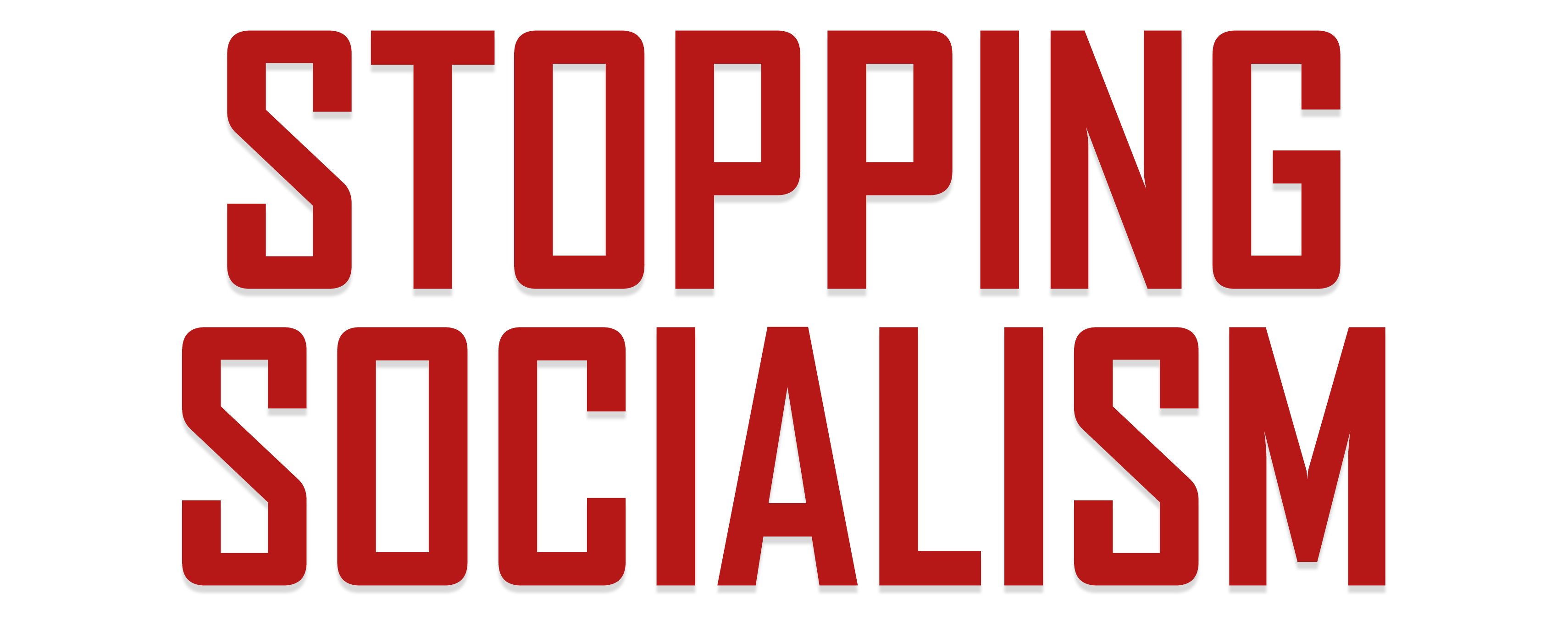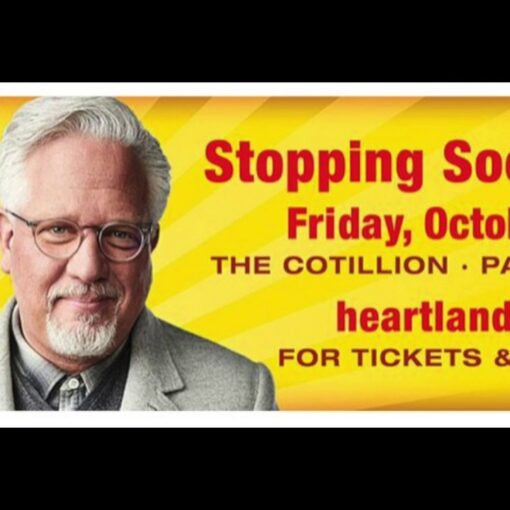On January 1, 1959, Fidel Castro wrested control of Cuba from the Western-backed dictator Fulgencio Batista. Batista had seized control of Cuba—with the support of the United States—in 1952, canceling elections and spawning a dissident movement with Fidel and his brother Raul at its head. The two brothers and their supporters launched an attempted coup in July of 1953, though they were defeated and imprisoned. After a period of confinement, the brothers were exiled to Mexico, where they met key ally Ernesto “Che” Guevara and established a new revolutionary effort called the 26th of July Movement.
The Castro brothers and Guevara returned to Cuba in 1956 and launched a guerilla warfare campaign against Batista. This time, they were more successful, particularly by winning the support of the common people through their promises of democratic governance in the event of Batista’s overthrow. As Castro won more and more support, Batista’s grip on power crumbled, especially due to Batista’s alienation of the populace through his heavy-handed and violent response to rebel activity. Batista eventually fled Cuba on January 1, 1959, and Castro’s forces marched into Havana a week later.
Political Consolidation
Despite his promises of democratic governance, Castro immediately consolidated his control over Cuba, and refused to hold promised democratic elections. By July 1959, he decided to indefinitely postpone elections, justifying his decision by saying, “Elections? What for?” Castro also suspended the 1940 constitution and its guarantees of fundamental rights, and placed the judiciary under direct central control. He governed by decree until 1976, when he imposed a constitution modeled on that of the Soviet Union. Political parties, independent trade unions, and independent media were banned. Freedom of speech, assembly, and association were tightly controlled.
Immediately upon seizing power, Castro held public trials of individuals associated with the Batista regime, with little to no due process given to the defendants. More than 600 people were summarily executed during these trials. In the words of historian Jeannine Vèrdes-Leroux, “The form of the trials, and the procedures by which they were conducted, were highly significant. The totalitarian nature of the regime was inscribed there from the very beginning.” For instance, 18,000 people gathered at the Palace of Sports to judge former Batista ally Jesus Sosa Blanco, giving him the “thumbs-down” sign. Before being shot, Sosa Blanco remarked that the scene was “worthy of ancient Rome.”
Most of Castro’s strongest allies—with the exception of his brother and Che Guevara—were appalled by Castro’s trials and his immediate descent into tyranny. In the span of a year, nearly all prominent government officials either resigned, fled the country, or were removed from office. Some former officials joined the increasingly strident liberal opposition movement, which was crushed in the early 1960s. Castro even targeted some of his closest military allies who had been part of the revolution since its inception. For instance, when key Castro ally Huber Matos—who had fought alongside Castro as a commander in Castro’s Revolutionary Army—resigned from his position and publicly criticized Castro’s slide towards communist-style rule, Castro arrested Matos and sentenced him to 20 years in prison.
Members of the press, military brass, labor union leaders, top religious figures, and other societal elites followed in the footsteps of the early civil servants, as did hundreds of thousands of middle- and upper-class Cubans, including doctors, lawyers, and academics. Most fled for the relative safety of Florida, causing irreparable harm to the Cuban economy and to society as a whole. Many others were sent to forced labor camps, with the most “dangerous” simply being executed.
Shortly after consolidating power, the anti-U.S. Castro regime built strong ties with the Soviet Union, which became one of its strongest allies and trading partners. Shortly after the U.S.-sponsored Bay of Pigs invasion—which failed spectacularly to replace Castro with a pro-western leader—Castro declared, “I am a Marxist-Leninist and shall be one until the end of my life.” After a period in which Castro purged the prevailing Cuban socialist party of all who disagreed with him, Castro established the Communist Party of Cuba in 1965, which was modeled heavily after the Soviet Union’s CPSU.
As was endemic throughout the long history of the Soviet Union, Castro relied upon fear, control, repression, and persecution to maintain power over his people and advance his socialist agenda. One of Castro’s most effective methods for doing so was through media censorship and manipulation of information. Castro declared that the media must work in the “interests of the revolution,” turning the media into a massive propaganda network. Independent newspapers and broadcast stations were systematically shut down or taken over by the state. By 1961, all media outlets were controlled by the government, effectively silencing any form of dissent in public discourse. Not only was the press under Castro’s control, but so was the entire cultural landscape. Artists, musicians, and writers faced severe censorship. Those who did not conform to the government’s narratives and those who produced work seen as critical of the revolution were blacklisted, and their work was suppressed.
Alongside his campaign to control information, Castro instilled constant fear in the population by establishing an extensive domestic surveillance apparatus. Castro and his brother established Cuba’s intelligence services and secret police, which came to be known as the “Red Gestapo.” These forces were initially responsible for the liquidation of the liberal resistance movement, the creation of forced labor camps, and the management of the extensive prison system. Over time, the Red Gestapo became tasked with: observing everyone who works in culture, sports, the arts, the media, economic organizations, trade, and communications; wiretapping telephones; screening mail; surveilling diplomatic corps and foreign visitors; recruiting thousands of informers to spy on the populace; keeping files on every Cuban citizen; tracking public opinion; and infiltrating the church. The security services also have their own means of direct repression, with a paramilitary force numbering in the tens of thousands to suppress any rebellious activity, an assassination force used to personally eliminate any of the regime’s opponents, and an interrogation force that subjects prisoners to extreme physical and psychological torture.
To reinforce the work of the secret police and intelligence apparatus, the Castro regime organized the Committees for the Defense of the Revolution (CDRs). Established in 1960, the CDRs are neighborhood watch groups whose job is to monitor and report any counter-revolutionary activities. They are present in every neighborhood. The CDRs foster an environment in which family intimacy is almost non-existent, as anyone could be a secret member of a CDR.
As referenced earlier, Castro also resorted to more direct forms of repression, imprisoning political opponents and creating forced labor camps for which Cuba became infamous, with deplorable working conditions. Thousands of individuals have been imprisoned for their political beliefs or for activities deemed counter-revolutionary. This includes members of opposition political parties, human rights activists, journalists, homosexuals, members of religious organizations, intellectuals, emigrants, and those seen as ideologically deviant. The conditions in these prisons are harsh, with many prisoners tortured and forcibly “reeducated.”
Command Economy
Castro’s economic policy revolved around the top-down, centrally planned economic system emblematic of all socialist regimes. Under Castro, the Cuban government controlled all aspects of the economy, from production to pricing. However, as is the case with any centrally planned economy, this led to substantial inefficiencies. For instance, centralized decision-making failed to accurately predict consumer demand, leading to overproduction in some sectors and underproduction in others. The absence of a free market and the incentives that go with it led to a lack of innovation and competition, stifling productivity and economic growth, which had severe impacts upon the average Cuban citizen.
To ensure complete control over the Cuban economy, Castro relied upon nationalizing private enterprises. Initially, Castro targeted foreign-owned companies—particularly American businesses—which dominated sectors such as telecommunications, utilities, and sugar. By 1960, virtually all U.S. businesses in Cuba were nationalized without compensation, leading to the American trade embargo that still exists to this day. This embargo cut Cuba off from a substantial source of trade, forcing it to rely upon the Soviet Union and its sphere of influence for imports. Even now, nearly all Cuban cars are models from the 1950s.
Nationalization was not limited to foreign-owned companies. By 1968, Castro’s government had nationalized all private businesses in the “Revolutionary Offensive.” Everything from barbershops, to small farms, to retail stores became state property. These newly minted state-run industries suffered from a lack of efficiency and innovation due to the absence of competition and incentives. This led to lower production rates, stagnant growth, and recurring product shortages that persist today.
The other key element to Castro’s economic agenda was agricultural reform, targeting the “inequitable” land distribution that existed prior to the Cuban Revolution. The government seized large estates and redistributed them to peasants, establishing state-run farms and agricultural cooperatives. As was the case with American businesses, wealthy landowners who had their land seized were not compensated. By the late 1960s, more than 80 percent of farmland was owned by the state.
Agricultural production dropped significantly. Many newly minted small farmers lacked the skills and resources to cultivate their land effectively, leading to decreased productivity. Furthermore, the focus on food self-sufficiency often led to a neglect of cash crops. Cuba’s sugar industry, once a major economic driver, fell into decline. These issues led to chronic food shortages and forced the Cuban government to spend a large part of its budget on food imports. With the aforementioned American economic embargo in place, which erased and/or severely limited trade with the United States and many of its western allies, Castro turned to the Soviet Union and other socialist countries within the Soviet bloc as trading partners.
The Soviet Union provided Cuba with substantial economic aid, including oil, machinery, and financial assistance. In return, Cuba supported Soviet foreign policy and provided a strategic foothold near the United States during the Cold War, such as in the case of the Cuban Missile Crisis. However, Cuba’s economic lifeline collapsed along with the Soviet Union in 1991, and it entered a massive economic crisis known as the “Special Period.” This period was characterized by extreme shortages in food, fuel, and other basic necessities, as well as frequent power outages. GDP fell by 35 percent, and the average Cuban lost between 25 and 35 pounds in body weight. Cuba has still not recovered from this period, with many Cuban citizens suffering from malnutrition and a significant drop in living standards.
In 1958, just prior to the revolution, Cuba had a GDP per-capita of $2,363. By 1970—the first year in which GDP estimates are available—GDP per-capita drastically declined by nearly 300 percent to $642, even after hundreds of thousands of Cubans had fled the country. As of 2020, GDP per-capita was less than $10,000.
Social Policies
As with any socialist regime, Castro’s social policies focused upon creating a completely egalitarian society in which all individuals received equal access benefits such as health care, education, and housing.
Upon taking power, Castro nationalized the health care industry, providing free health care to all Cuban citizens. However, the majority of skilled doctors decided to flee in the wake of Castro’s brutally repressive tactics and the low salaries resulting from the newly homogenized system. And, though Cuba has long boasted of its supposedly impressive health care metrics such as a relatively high life expectancy and low infant mortality rate, health care quality was hamstrung due to shortages of basic medical supplies and equipment and extremely long wait times for non-emergency medical treatment.
Castro applied similar tactics to the education system. He nationalized all primary and secondary schools, colleges, and universities to create an environment in which all Cuban children had access to the same education, which was a privilege enjoyed by only the wealthy under the Batista regime. Education was made a completely accessible service, funded by the government. However, this has come at the expense of any semblance of academic freedom; education became a form of communist ideological indoctrination. Textbooks and curricula are used as instruments of propaganda, teaching students about the “glories” of socialism and the “evils” of capitalism. Students have no access to educational materials that were not strictly state-controlled and censored. Classrooms are plastered with images of Fidel and Raul Castro, Che Guevara, and other Cuban communist luminaries. It is a criminal offense for parents to teach their children in their own home. And, as was the case with the health care industry, most free-thinking academics and teachers fled the country shortly after Castro’s ascension. The educators who remain today are products of Castro’s indoctrination campaigns, who are simply teaching the next generation of Cuban students the “merits” of socialism.
As for housing reform, Castro’s government attempted to provide affordable housing for every citizen by imposing strict rent controls and using public funds to construct new housing units. However, this led to a severe housing shortage, as the Cuban government was unable to keep up with the demand for housing due to its economic constraints. As a result, Cuban housing has become characterized by severe overcrowding and poor living conditions; moreover, the lack of a housing market means that people have little incentive to maintain or improve their properties, resulting in severe degradation.
Mass Population Exodus
After decades of political repression, economic misery, and nebulous social benefits, hundreds of thousands of Cubans clamored to join the early Cuban refugees in exile. The most infamous mass exodus from Cuba was the 1980 Mariel boatlift. Out of a population of 10 million, 125,000 “Marielitos” escaped Cuban socialism, with hundreds of thousands more having registered to leave but denied permission to do so. Many of those who chose exile as opposed to living under the Castro regime were from the poorest elements of Cuban society, demonstrating the utter failure of Castro’s “equitable” policies.
Since the mass exodus, many other Cubans have chosen to “illegally” flee, though the communist regime often sends helicopters to drop sandbags on these ill-fated voyages, drowning the potential evacuees. In 1994, 7,000 people lost their lives attempting to flee Cuba. Overall, hundreds of thousands have attempted to escape in this fashion. Out of a population of less than 11 million Cubans as of 2022, millions live in exile, with 1.7 million living in the United States alone.
Fidel Castro died in 2016, and his brother and successor Raul retired as First Secretary of the Cuban Communist Party in 2021. Current First Secretary Miguel Diaz-Canel has shown no inclination towards moving on from the country’s disastrous Marxist experiment, with Cuba remaining one of only four officially communist countries still existing today. The population continues to flee the yolk of Cuban totalitarianism. In fact, 2022 saw the largest exodus from Cuba since the Mariel boatlift; from January to July, U.S. border authorities stopped Cuban migrants from entering via the Mexican border 155,000 times, and the Coast Guard intercepted more than 4,500, a six-fold increase over the entire year of 2021.
Jack McPherrin ([email protected]) is a managing editor of StoppingSocialism.com, research editor for The Heartland Institute, and a research fellow for Heartland's Socialism Research Center. He holds an MA in International Affairs from Loyola University-Chicago, and a dual BA in Economics and History from Boston College.






